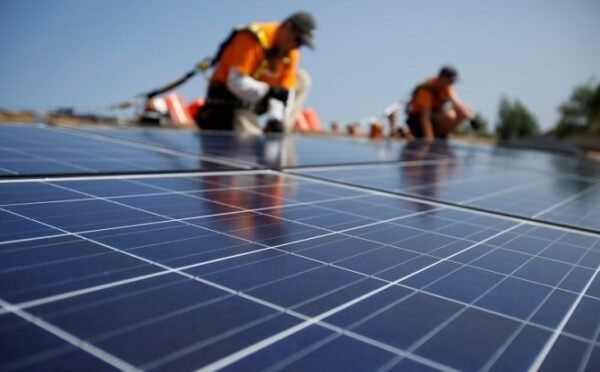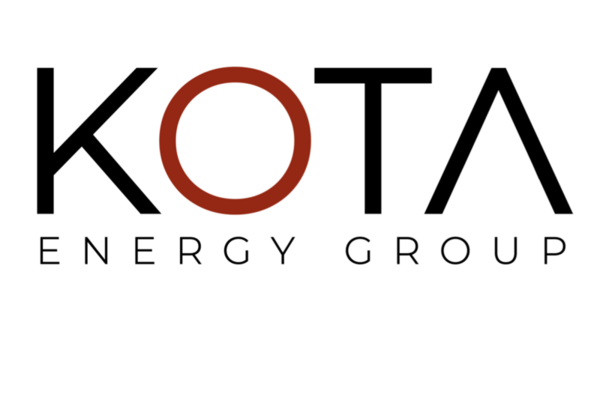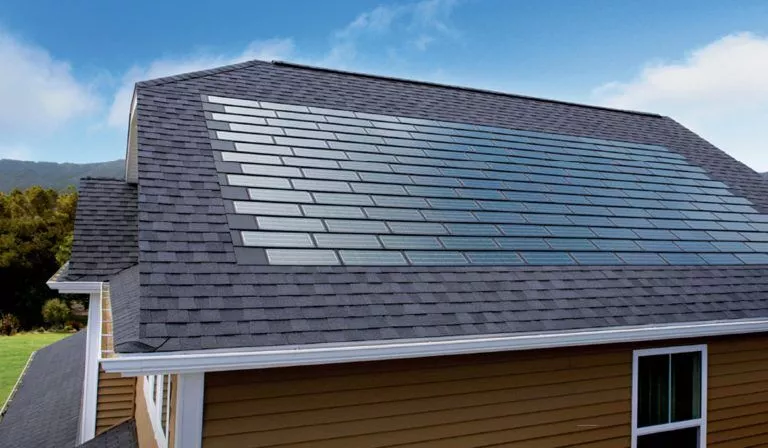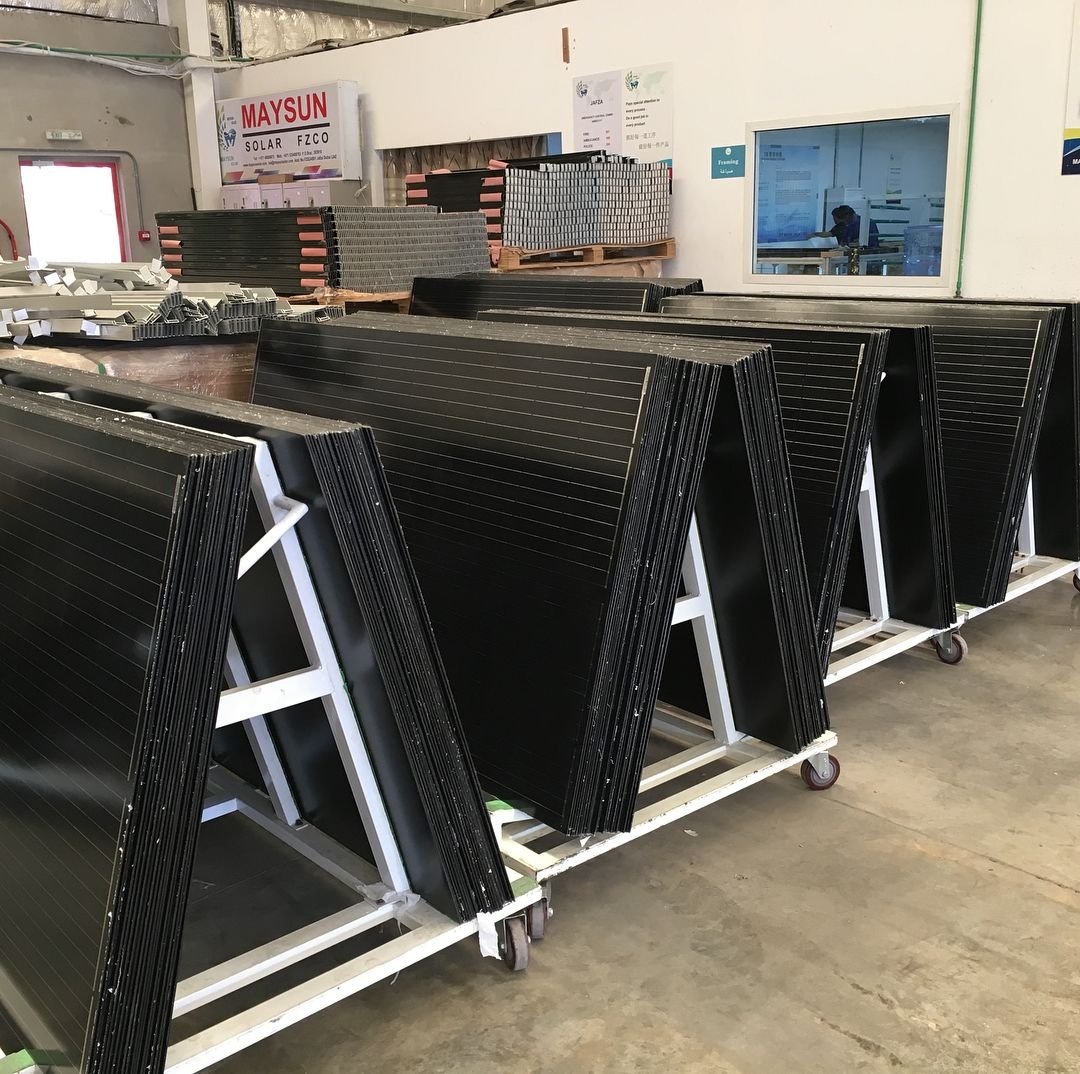
Solar panel technical sheet: knowing how to read it
Reading the technical sheet of a solar panel is of great importance to know each of its characteristics and performance. The most common is that an expert or technician understands these data perfectly, however, an individual could find himself with a large number of doubts to make a correct interpretation.
Solar panel technical sheet: knowing how to read it
In this article, we are going to try to solve some of the main doubts that arise in this regard. Undoubtedly, calculating the power and size of the solar panel are two technical aspects of great help to know the performance and efficiency of any solar photovoltaic installation.
What is the technical sheet of a solar panel?
The technical sheet of a solar panel is a very helpful tool in which each of the characteristics is detailed. There is an exact description of each of the parameters, modes of use, recommendations and general conditions . In short, it is the way the manufacturer has to publicize its product.
Therefore, the role it plays is very important, not only in terms of information and presentation, but also in terms of marketing. Based on the features, the customer can make the purchase decision if he meets the requirements that fit this demand.
The characteristics that you must know how to interpret in a technical file
If we want to correctly read the technical sheet of a solar panel, we will have to understand each of the parameters that are included in it. Next, we list in this list, all the terms that appear to understand their meaning.
Open Circuit Voltage or VOC
This parameter is used to know the voltage in volts that the panel has when it is disconnected. This data is very important for network inverters or charge regulators, among other aspects. This maximum panel voltage can be measured directly with a voltmeter. Its value may vary depending on weather conditions.
The voltage at maximum power or VMP
With this figure we can know the voltage offered by a panel. It should be noted that when the solar panel is used in isolated systems to charge the battery, it must be higher than the battery charging voltage. This is the voltage that occurs when the power is maximum under standard conditions for measurement.
The intensity in the short circuit or ISC
This is another aspect that we have to consider and that refers to the current intensity. It is measured in amps and is used to determine its short-circuit capacity. An ammeter can be used to check the maximum intensity that the panel can produce.
The maximum intensity of power or IMP
This parameter determines the maximum intensity in amps that the plate can produce at its maximum power point, normally the working point since network inverters always track this point to work on it.
Maximum power or PMAX
If the VMP is multiplied by IMP we will obtain a figure in watts that determines the maximum power that the panel can generate. This figure is used to know the power in peak watts (Wp).
efficiency
The most normal thing is that we are interested in knowing if a photovoltaic solar installation is efficient and what its energy performance is. Efficiency is a parameter used to determine the amount of power that directly affects the panel to be converted into electricity . The term Wr is used to determine this parameter.
The tolerance
Likewise, it is also convenient for us to know the tolerance percentage, since not all panels are the same. This will depend on the manufacturer, however, it is recommended that the tolerance be positive and be in a band between 0 and + 5%.

rated temperature
When we refer to solar installations, we also have to mention the nominal power . This is data that refers to the temperature that the cells can reach at 20 °C, with an irradiation of 800 W/m², a wind speed of 1 m/s and when the AM spectral distribution is 1.5.
photovoltaic cell
Another of the readings that one must know how to interpret refers to the technology of photovoltaic cells, as well as the number of cells included in each module. We start from the basis that these components are capable of transporting light energy into electricity.
Performance warranty _
As we well know, if a solar photovoltaic installation is characterized by something, it is by its duration over time. Therefore, the manufacturer must also consider the maximum power in a given period of time. Likewise, it will ensure that this product is not exposed to any failure due to faulty manufacturing.
It should be noted that the measurement is always carried out in an environment where the temperature and radiation can be controlled. If it’s hotter than usual, it’s normal that the performance of the panel is affected and worsen. The most normal thing is that the exact conditions in which these measurements have been made appear on the solar panel sticker.
Reading the technical sheet of a solar panel includes a series of aspects that we must know and know how to interpret correctly. For this reason, if any doubt arises, it is best to put yourself in the hands of a solar energy expert so that he can answer all the questions and choose the appropriate panels for the solar photovoltaic installation.






